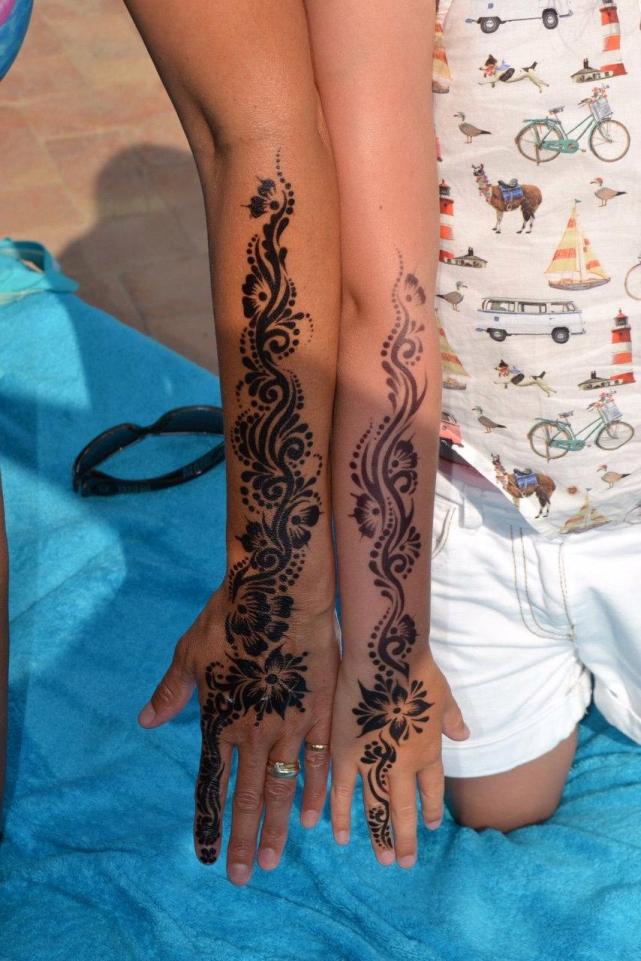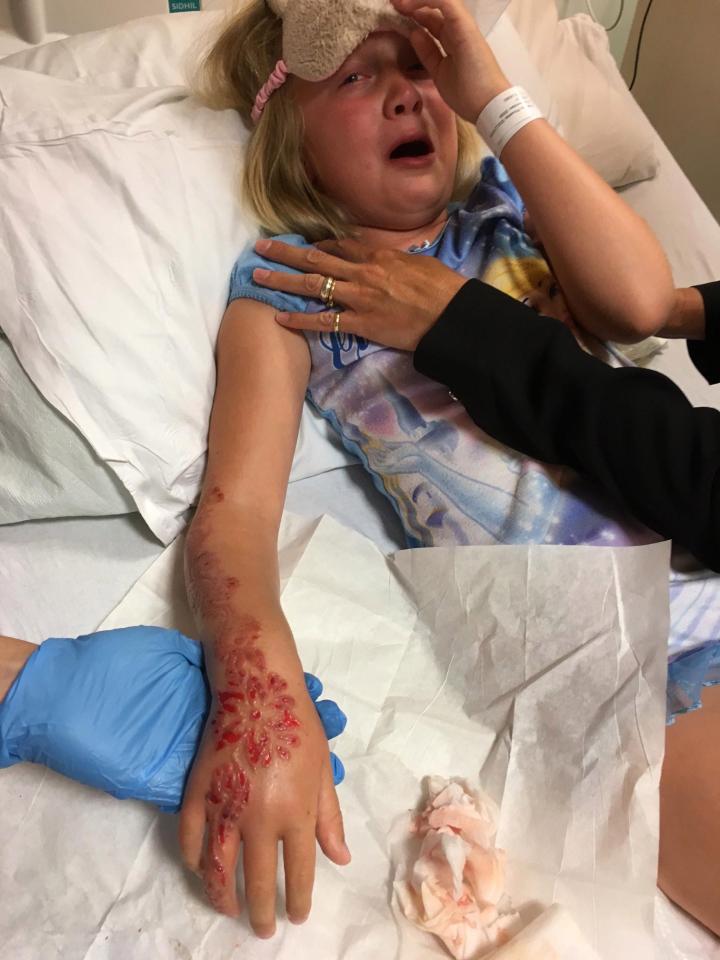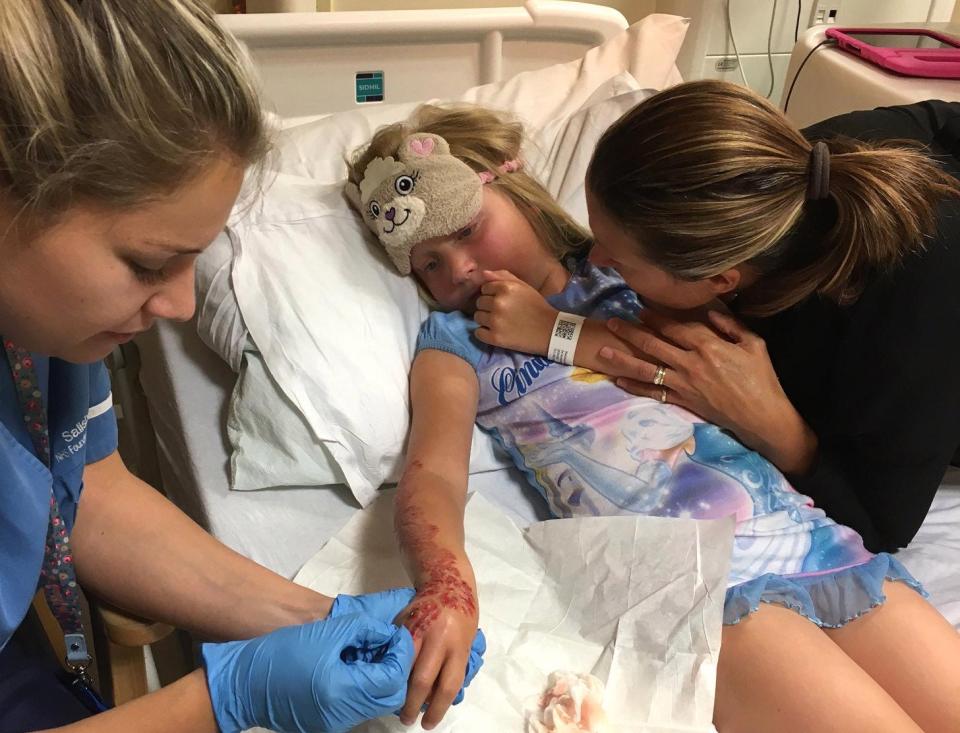7-Year-Old Girl Suffered Horrifying Scars On Her Arm After Getting A Black Henna Tattoo
"She is potentially scarred for life after getting a black henna tattoo."
Henna tattoos are usually harmless.
However, some tattoo artists add a chemical called para-phenylenediamine (PPD) to produce a darker colour.
The effects of this chemical, whose only legal use in cosmetics is as a hair dye, can be quite dangerous as it tends to cause a powerful allergic reaction, leaving painful blisters and burn marks that can last for over 6 months and in rare cases, lifetime.
And seven-year-old Madison Gulliver, holidaying in Egypt with her family, learned that in the worst possible manner
Madison's father got her a black henna tattoo at the hotel they were staying. But the temporary henna tattoo has left her with horrifying chemical burns and scars for life.
According to a report from Yahoo News UK, once they arrived back in the UK, Madison started complaining of the tattoo being itchy.
Soon, the henna pattern transformed into a series of painful blisters that had to be cut off in a specialist burns unit, leaving the young girl with extensive scarring.
Her father says the hotel where the henna tattoo was done has apologised and said it no longer offered the tattoos
"She has blisters from her finger to her elbow and is in so much pain. We were entirely unaware of the dangers and I think they should warn of this in the brochures.
"I think it’s partly my fault because I didn’t know about it, but also the fault of the salon because they are using dangerous chemicals on children.
"We would have thought that the travel agents would have had concerns about this. We want to get the message out to other people about this," the father was quoted saying by Yahoo News UK.
In an email to the family, the hotel has said that they have stopped offering the tattoos.
Speaking about the treatment Madison received, the 50-year-old father said that medics had to cut off the thick blisters on her arm to treat the burned skin underneath
"They decided to treat the skin by removing the blisters, so they could access the burned skin underneath. They thought they would be able to soak the blisters and rub them off, but that wasn’t possible as they were so thick, so they had to cut them off," he said.
"She wanted to see what they were doing so we couldn’t get her to look away, she was really good and kept saying 'you’ve missed one'," he added.


